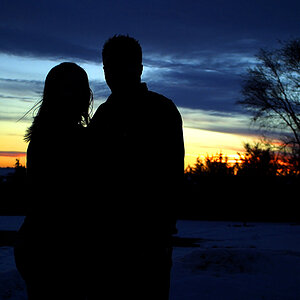soufiej
No longer a newbie, moving up!
- Joined
- Jan 3, 2015
- Messages
- 714
- Reaction score
- 113
- Can others edit my Photos
- Photos NOT OK to edit
I'm of two minds on this one. First, I'd say most "serious" shooters would say, yes, resolution is why you invest in greater quality in the gear. On the other hand, I have to ask, what is resolution? Is it not the ability to convey the concept behind why the image was captured? I was just looking at a thread which asked for shots taken with "lower fidelity" equipment like cell phones and P&S cameras; It's not the camera, it's the photographer: Photo Assignment | Photography Forum
There are some amazing shots in that thread! No doubt shots that can be criticized for not having sufficient this or that technical ability on display. But, never the less, the images are intriguing to see.
I'm in the middle of deciding on a small camera to carry with me on a day to day basis. It needs to be rather compact though not necessarily a compact camera. I want to be able to use it on a moment's notice without considering lenses and filters and so on. At the moment, I'm in between a Canon G-1X which all reviews agree has excellent resolution for the (refurbished) price due to the large sensor provided; Canon U.S.A. : Consumer & Home Office : PowerShot G1 X Even on my tablet's screen the sample images are pretty impressive for an all in one camera.
However, the G-1X isn't great for macro work due to the somewhat less than great lens. And its zoom power is ... "mediocre"(?) for the type of photography I see myself doing with this camera.
The alternative at this point is a "super-zoom" point and shoot/compact/bridge camera (ya'gotta love the marketing terms, eh?). I'm still sorting through which of these I would select but all trade zoom capacity for absolute resolution. A tiny, tiny sensor with all of its inherent drawbacks and a relatively slow lens is average for these cameras. They do, however, have that zoom and most do macros rather well given all the limitations they have otherwise. Sample images from this style camera are this group; canon sx50 sample images - Google Search
Or I can take an older DSLR (Rebel XT) that has depreciated in monetary value, stick one half way decent lens on it and carry it. Not as compact and spec-wise mostly inferior to the new cameras but overall a better camera "experience" I would guess.
I have some near 60 year old photos which my aunt took in Havanna just before the country was shut down to Americans. These would have been taken with a Kodak Brownie is my guess. Great photos! Really. Great photos and not just because they were taken by my aunt.
One of my favorite shots I've taken over the years was done with a $10 Kodak plastic camera I had it blown up and it hangs over my mantle.
I understand I have to handle the cameras and decide which is best for me. And I understand "resolution" depends on more than just numbers on a page. I know all the arguments and points for deciding which camera to buy. However, for the purposes of this thread, would the "higher resolution" camera always be your choice in most comparisons? Or, is this just another Canon vs Nikon type question? I'm thinking large sensor vs tiny sensor is not the same chicken and egg discussion.
There are some amazing shots in that thread! No doubt shots that can be criticized for not having sufficient this or that technical ability on display. But, never the less, the images are intriguing to see.
I'm in the middle of deciding on a small camera to carry with me on a day to day basis. It needs to be rather compact though not necessarily a compact camera. I want to be able to use it on a moment's notice without considering lenses and filters and so on. At the moment, I'm in between a Canon G-1X which all reviews agree has excellent resolution for the (refurbished) price due to the large sensor provided; Canon U.S.A. : Consumer & Home Office : PowerShot G1 X Even on my tablet's screen the sample images are pretty impressive for an all in one camera.
However, the G-1X isn't great for macro work due to the somewhat less than great lens. And its zoom power is ... "mediocre"(?) for the type of photography I see myself doing with this camera.
The alternative at this point is a "super-zoom" point and shoot/compact/bridge camera (ya'gotta love the marketing terms, eh?). I'm still sorting through which of these I would select but all trade zoom capacity for absolute resolution. A tiny, tiny sensor with all of its inherent drawbacks and a relatively slow lens is average for these cameras. They do, however, have that zoom and most do macros rather well given all the limitations they have otherwise. Sample images from this style camera are this group; canon sx50 sample images - Google Search
Or I can take an older DSLR (Rebel XT) that has depreciated in monetary value, stick one half way decent lens on it and carry it. Not as compact and spec-wise mostly inferior to the new cameras but overall a better camera "experience" I would guess.
I have some near 60 year old photos which my aunt took in Havanna just before the country was shut down to Americans. These would have been taken with a Kodak Brownie is my guess. Great photos! Really. Great photos and not just because they were taken by my aunt.
One of my favorite shots I've taken over the years was done with a $10 Kodak plastic camera I had it blown up and it hangs over my mantle.
I understand I have to handle the cameras and decide which is best for me. And I understand "resolution" depends on more than just numbers on a page. I know all the arguments and points for deciding which camera to buy. However, for the purposes of this thread, would the "higher resolution" camera always be your choice in most comparisons? Or, is this just another Canon vs Nikon type question? I'm thinking large sensor vs tiny sensor is not the same chicken and egg discussion.
Last edited:


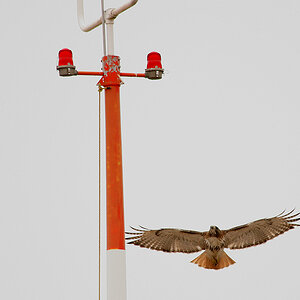

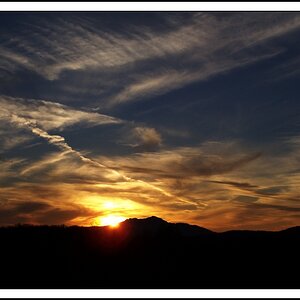

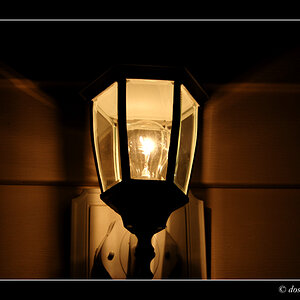
![[No title]](/data/xfmg/thumbnail/39/39490-b2e64c58554ef92efe2474950d27753d.jpg?1619739050)

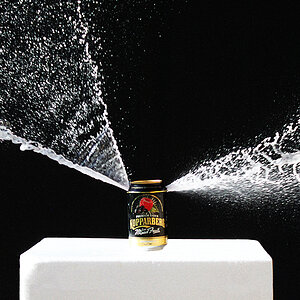
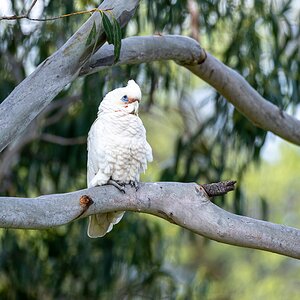
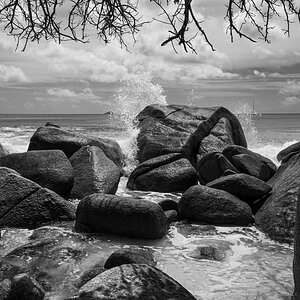
![[No title]](/data/xfmg/thumbnail/39/39288-2d76486ccc9042c6fb525aaaaffff1fb.jpg?1619738957)
